Articles
Chemical Logistics

It’s Chemistry: Globally Harmonized System Facilitates Trade
Prior to December 1, 2015, a chemical material handler could approach a tank of a hazardous substance and see as many as three different hazard symbols, depending on the product’s country of origin, transportation mode, and labeling agency. “Is the skull-and-crossbones image the symbol for acute toxicity?” he would think. “Or is it a carcinogenic […]
Read More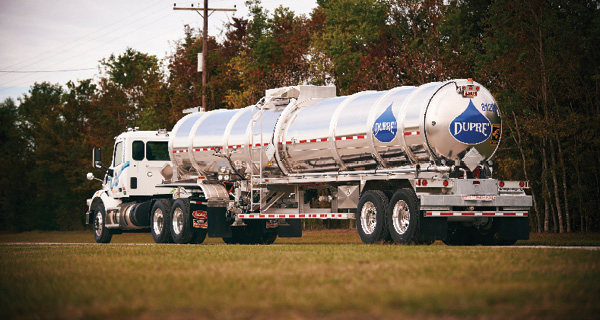
Chemical Logistics: Formula for Success
As the chemical industry continues to grow, shippers and their service partners work hard to keep product moving, trouble-free.
Read More
How to Handle DOT and GHS Regulations
The Globally Harmonized System of Classification and Labeling of Chemicals (GHS) deadlines that went into effect on June 1 and December 1, 2015, respectively, have significantly impacted U.S. chemical manufacturers and distributors. By now, all chemicals being shipped by manufacturers and distributors should meet the Occupational Safety and Health Administration (OSHA) Hazard Communication Standard (HCS) […]
Read More
Corporate Citizenship Starts With the Supply Chain
In recent years, a noticeable paradigm shift has taken place in the business world. Driven by the realization that business and society can no longer intersect at the crossroads of profits first and society second, business is adopting a new order that puts the interests of society on a level that is at par with […]
Read More

Trends—November 2015
GHS: Label It a Problem Fewer than 50 percent of the nearly 150 supply chain professionals from internationally based chemical companies responding to Loftware Inc.’s recent GHS Readiness Survey have met the latest Globally Harmonized System of Classification (GHS) labeling requirements. The United Nations originally adopted the GHS in 2002 to ensure hazardous materials are […]
Read More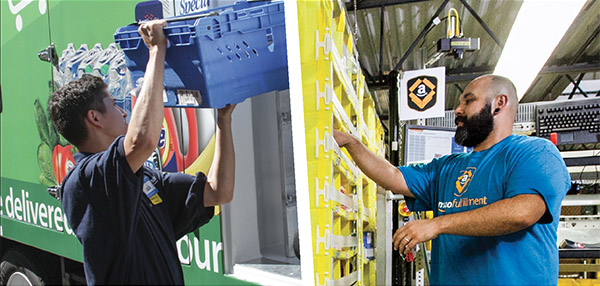
Trends—July 2015
ShippingPass vs. Prime: The Fight for Last-Mile Rights Walmart and Amazon are a study in contrasts, from corporate culture to omni-channel strategy. One promises everyday low prices; the other prioritizes selection and speed. But all things being different, they are chasing the same thing—customer satisfaction. Both retail leaders have found a common battleground when it […]
Read More
Chemical Logistics: Keep it Moving, Keep it Safe
As U.S. chemical production grows, chemical shippers and their partners refine their strategies to ensure trouble-free transportation, secure sufficient capacity, and navigate the regulatory landscape.
Read More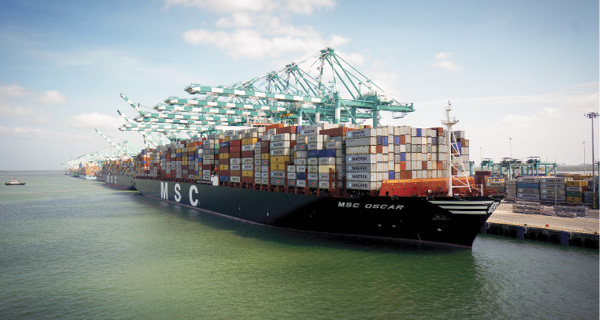
Global Logistics—April 2015
Larger Ships, Larger Losses? When Maersk Line introduced its Triple-E class of containerships in 2013, it raised the bar for the ocean shipping industry. China Shipping Container Lines and Mediterranean Shipping Company have since brought vessels online that top the 19-thousand TEU threshold. But now France’s CMA CGM SA, the third-largest container line in the […]
Read More
Three Ways to Drill Down Costs in Oil & Gas Supply Chains
Here are three ways companies are optimizing their oil and gas supply chains and creating more predictable financial returns.
Read More
Making Hazmat Regulation Compliance Less Hazardous
Hazardous material (hazmat) transport regulations can often seem like a foreign language. An abundance of unique terms leaves many shippers perplexed. Even the phrase "hazardous materials" can be confusing because the term "dangerous goods" is standard outside the United States. And with regulations constantly shifting and changing, it gets increasingly harder for shippers to remain […]
Read More
Trends—September 2014
HCS Updates: Asked and Answered The Occupational Safety and Health Administration‘s (OSHA) 2012 Hazard Communication Standard (HCS) is sure to elicit a supply chain reaction from chemical manufacturers, distributors, and end users. The updates to HCS 1994, OSHA’s previous convention, feature some cosmetic changes—"material safety data sheets" are now referred to as "safety data sheets"— […]
Read More
Fueling the Oil and Gas Supply Chain
New possibilities and partnerships get energy companies pumped.
Read More
Chemical Logistics: Delivering Solutions for a Complex Industry
Chemical manufacturers—and the third-party logistics partners that serve them—tackle enormous challenges to keep the $770-billion industry moving.
Read More
Transforming Liquid Assets into Capital Gains
Q: What is the current state of the bulk liquid transportation market? A: Over the past several years, the only viable option for bulk liquid transport has been specially designed tank trucks. These trucks are expensive to produce and maintain, and their quantity is limited. A single truck can only carry a specific type of […]
Read More
The Natural Gas Factor: New Market for Providers, New Competition for Capacity
The boom in natural gas and shale exploration in North America holds both good news and bad news for chemical companies. The natural gas being extracted from shale plays across the United States and in Canada has emerged as a low-cost alternative source for powering industrial facilities. As a result, some chemical manufacturers are reshoring […]
Read More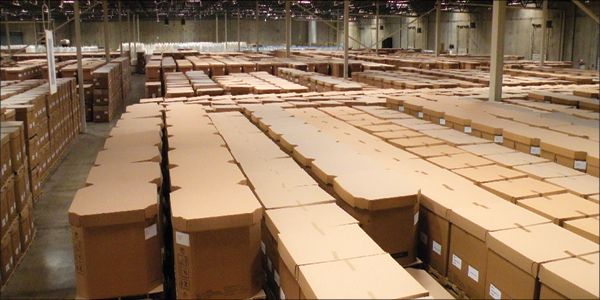
Supply Chain Technology Taps into Efficiencies
Access to technology is an important driver for logistics and transportation outsourcing in the chemical market. The industry has lagged behind some other verticals in adopting logistics and supply chain technologies, partly because of the business’ unique nature. Many small, specialized transportation providers serving the industry haven’t had the resources to offer electronic transaction services, […]
Read More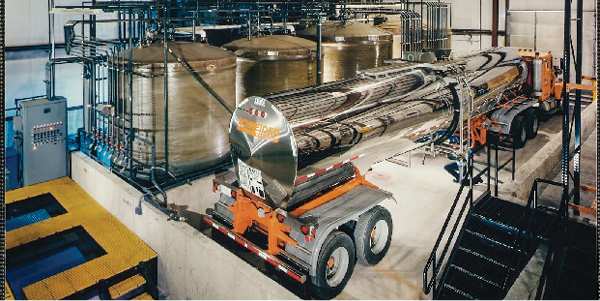
Outsourcing for Optimum Supply Chain Effectiveness
MORE TO THE STORY: An Industry in Flux The chemical industry’s complex logistics needs, safety and security concerns, and regulatory issues make outsourced logistics, transportation, distribution, and warehouse services an important part of its supply chain. Third-party logistics (3PL) providers working with the chemical industry offer a wide range of services in different levels of […]
Read More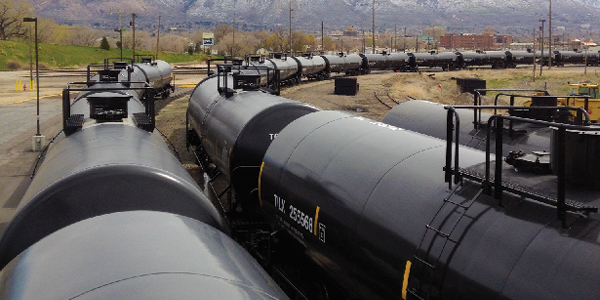
No Shortage of Challenges
Lack of capacity is one of the biggest challenges chemical shippers are currently grappling with. The culprits? The ongoing truck driver shortage, and changes to the Hours of Service rules, which take effect in July 2013 and will limit drivers’ time on the roads. While capacity issues are impacting all shippers, chemical companies feel the […]
Read More
Complex Products, Complex Logistics Needs
By their very nature, chemicals make for complicated logistics. Transporting, storing, and distributing flammable, corrosive, highly reactive and carcinogenic materials is not an easy task. And when things go wrong, it’s not just a late or missing shipment at hand—there are economic, environmental, and emotional consequences. The deadly fertilizer plant explosion that occurred in April […]
Read More